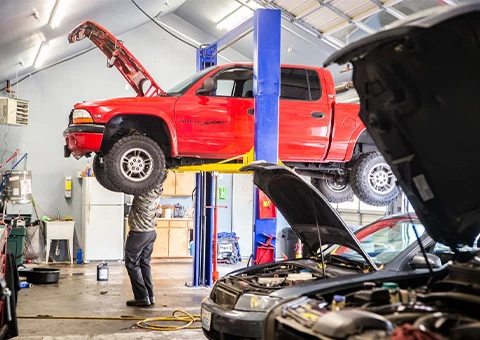Roof-mounted gantry crane for efficient material handling and construction applications
Understanding Roof Gantry Cranes A Comprehensive Overview
In the realm of material handling and construction, roof gantry cranes stand out as efficient and versatile solutions designed to streamline operations. These specialized cranes are particularly valuable in environments where traditional cranes may not fit, such as in warehouses, factories, and large construction sites with limited overhead clearance.
What is a Roof Gantry Crane?
A roof gantry crane is a type of overhead crane that is typically supported by a set of legs, which move along tracks or rails positioned at ground level. What distinguishes a roof gantry crane from other types of cranes is its overhead structure, which allows it to lift and move loads across a horizontal plane, often under the confines of a building's roof. This design maximizes vertical space, making it ideal for areas with restricted height.
Roof gantry cranes are usually powered by electric motors, which drive the trolley that hoists the load. The combination of a robust framework and an efficient lifting mechanism allows these cranes to handle substantial weights—commonly ranging from a few tons to several hundred tons, depending on the specific design and materials used.
Applications of Roof Gantry Cranes
These cranes are widely used in various industries due to their adaptability and operational advantages. Some common applications include
1. Construction and Demolition Roof gantry cranes are frequently employed on construction sites to lift heavy building materials, machinery, and equipment. Their ability to operate in confined spaces makes them invaluable in urban settings, where conventional cranes cannot be utilized.
2. Warehouse Management In warehouses, roof gantry cranes assist in transporting goods, especially those that require vertical stacking. Their overhead positioning allows for unobstructed floor space, facilitating efficient storage and retrieval processes.
3. Maintenance Operations Industries such as manufacturing and aviation use gantry cranes for maintenance and repair work. They provide accessibility to large machinery or equipment that requires regular inspection or servicing.
4. Shipyards and Ports In maritime operations, roof gantry cranes facilitate the loading and unloading of containers and heavy cargo. Their maneuverability and capacity are crucial for maintaining operational flow in busy port environments.
Advantages of Roof Gantry Cranes
Several advantages make roof gantry cranes a preferred choice for many professionals
roof gantry crane

- Space Efficiency By utilizing overhead space, these cranes free up valuable ground area, which can be critical in congested environments.
- Versatility Roof gantry cranes can be customized to meet a variety of lifting needs. They can be designed for different load capacities and adapted to fit specific layouts.
- Reduced Labor Costs Automating the lifting and moving of heavy loads minimizes the need for manual labor, thereby reducing labor costs and minimizing the risk of workplace injuries.
- Safety Features Many modern roof gantry cranes are equipped with safety mechanisms, such as overload protection, emergency stop buttons, and safety interlocks, which enhance the safety of operation.
Considerations When Choosing a Roof Gantry Crane
When selecting a roof gantry crane, several factors need to be considered
1. Load Capacity It is essential to choose a crane that can handle the maximum weight of the materials you intend to lift.
2. Height and Span The dimensions of the gantry crane should be compatible with the available workspace. This includes height requirements and the width of the span for effective operation.
3. Power Source Roof gantry cranes can be electrically powered, or they may utilize pneumatic or hydraulic systems. The choice will depend on the specific needs of the operation and available resources.
4. Control Systems Consideration should be given to the control systems available, whether remote-controlled, joystick-operated, or automated systems.
Conclusion
Roof gantry cranes are indispensable tools in modern material handling and construction. Their innovative design and adaptability make them suitable for various applications, leading to enhanced productivity, safety, and operational efficiency. As industries continue to evolve, the demand for such cranes will likely grow, further cementing their role in the future of construction and beyond.
-
4000 lb Gantry Crane | Adjustable, Heavy-Duty Lifting SolutionsNewsAug.31,2025
-
Portable 2000 lb Gantry Crane | Heavy-Duty & AdjustableNewsAug.30,2025
-
Versatile Lifting Solutions with Gantry and Overhead CranesNewsAug.29,2025
-
The Versatile Mobile Gantry Crane SolutionNewsAug.29,2025
-
Reliable Movement with Heavy Machinery Skates and RollersNewsAug.29,2025
-
Reliable Lifting Performance with 2000 lb Gantry Crane and 2 Ton Overhead SystemsNewsAug.29,2025
-
Maximize Lifting Efficiency with PML Magnetic LiftersNewsAug.29,2025
